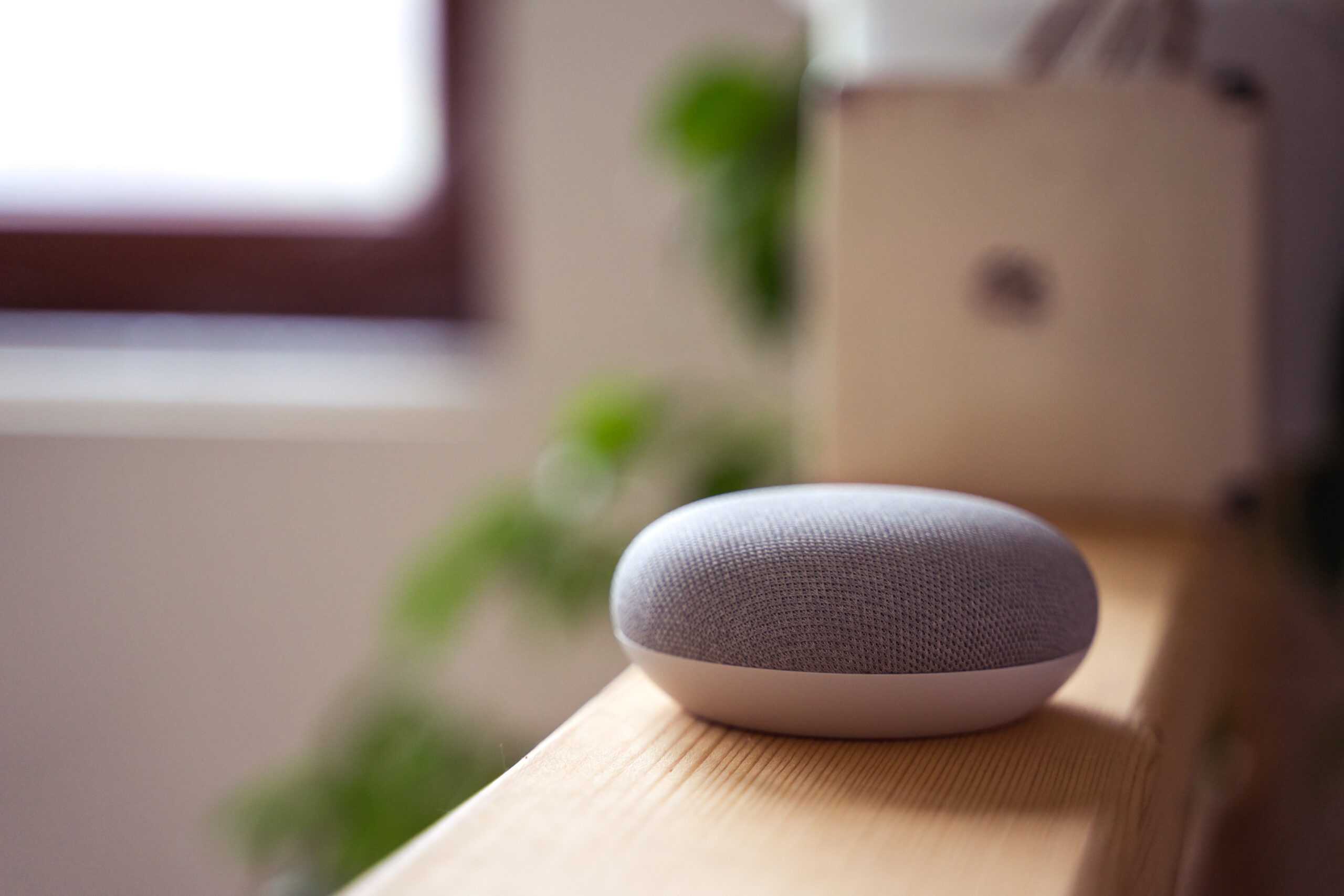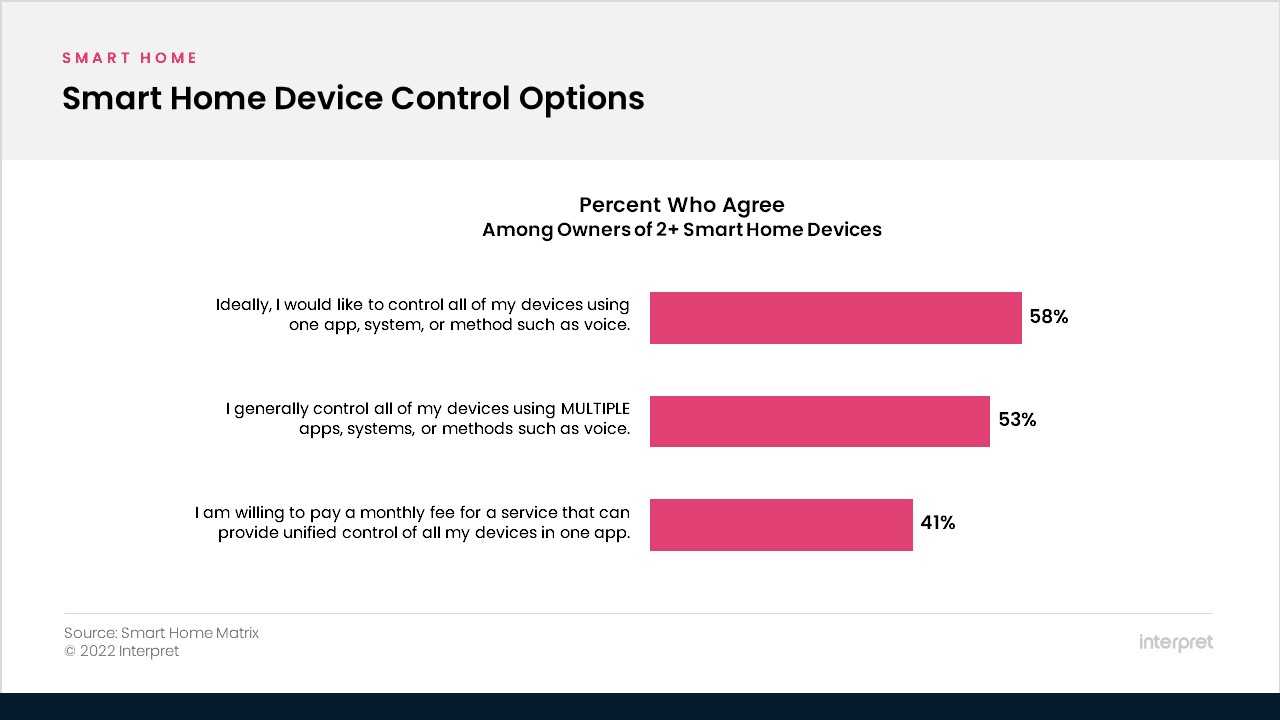Exasperated. That’s the feeling that many smart home pundits have these days as Google seemingly moves in the opposite direction of wider industry cooperation that seeks to bring the Matter interoperability language to market, finally bridging ecosystem silos. In a recent piece for Android Authority, Dhruv Bhutani opined that he’s fed up with Google’s changing smart home strategy, which eliminates updates for Google Assistant running on non-Google Nest hardware such as Lenovo and JBL.
As Google seeks to push its loyal voice assistant followers towards its own Nest line of hardware and away from partners, the strategy is striking some as short-sighted, especially in light of the Mountain View tech giant’s unsavory publicity from Sonos’ patent infringement suit related to multi-room wireless speakers.
Does Google’s market intelligence indicate that consumers want to settle on a single-vendor ecosystem despite the rising winds of consumer choice? Has Google decided to reward those who choose the Google-powered ADT + home control and security platform at the expense of those preferring multi-vendor smart homes? Has Google determined that Apple’s tightly curated approach to its smart home ecosystem will bear more fruit than Amazon’s strategy of incorporating any device with a plug?
While trust in a single brand is a motivator that builds loyalty, an important reason for sticking with the same smart home device brand is the assurance that all devices can be controlled through a single app. Interpret’s Smart Home Matrix research, based on surveys of 10,000 consumers, shows that people want both a unified app for control of home systems and want choices for control. 58% of people who own two or more smart home devices agree with the statement that they would like to control their device with a single app while 53% agree that they generally control smart home devices using multiple apps, systems, or methods such as voice.
The key question for marketers is how to address a target buyer who likes the idea of a single interface yet continues to use multiple control methods. Consumers will reward companies whose products work well within a single-vendor ecosystem as well as follow standard communications guidelines such as Matter.
As Matter matures and begins to deliver on its bold promises, vendors will gain consumer confidence by being fully Matter-compliant while continuing to compete at making the single vendor experience uniquely good. Can vendors such as Google serve two missions – making their products best-in-class while working well with others? This is a new challenge that Matter introduces but is much too soon to answer.





